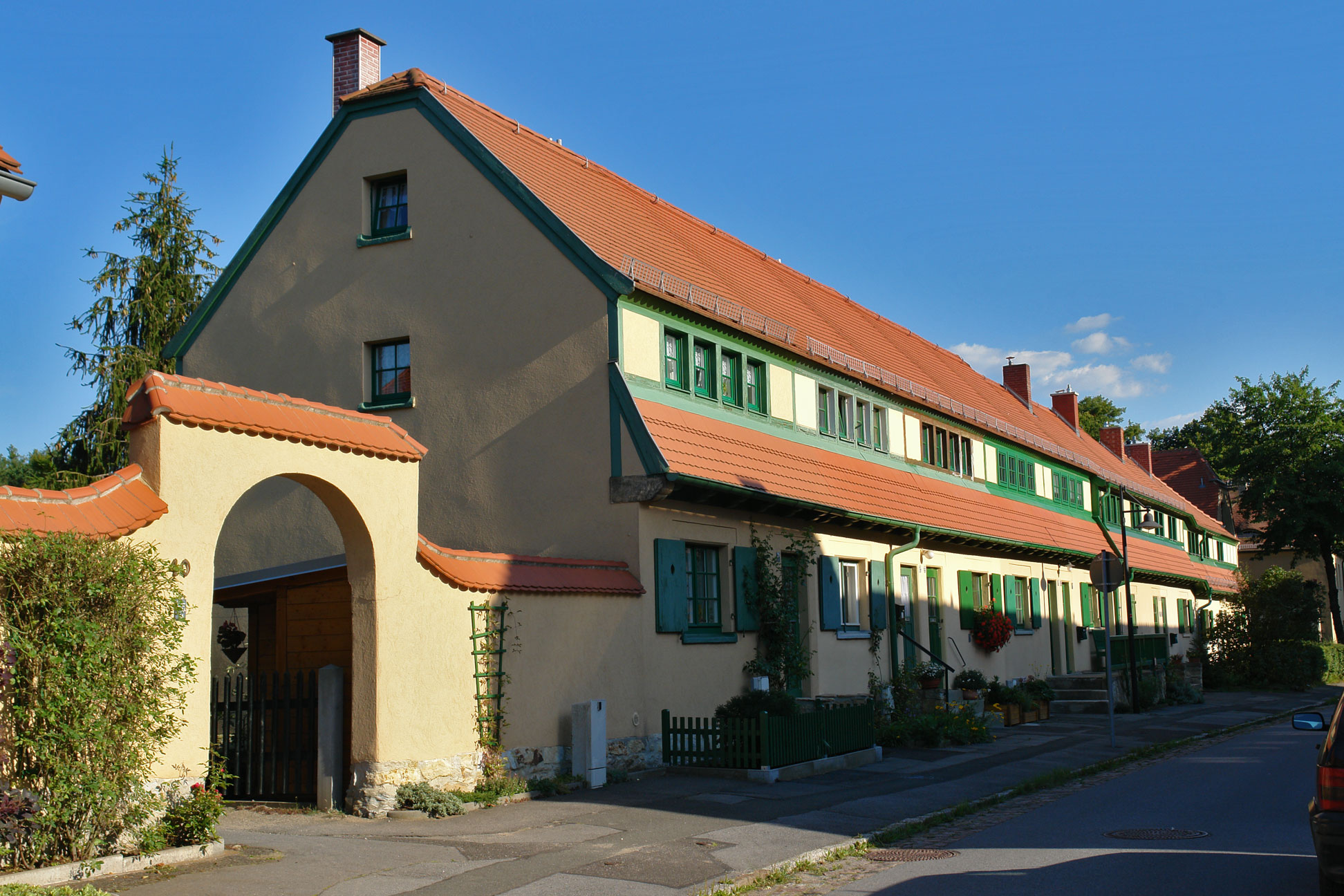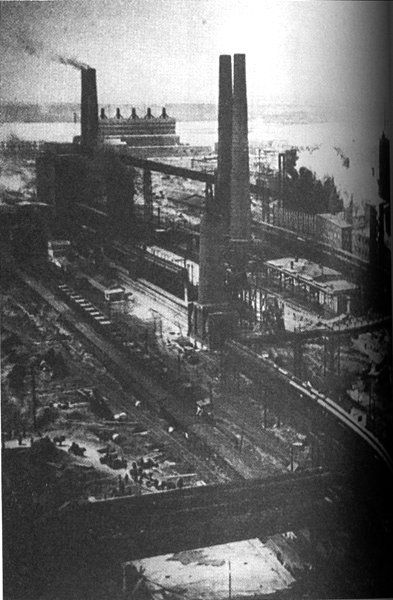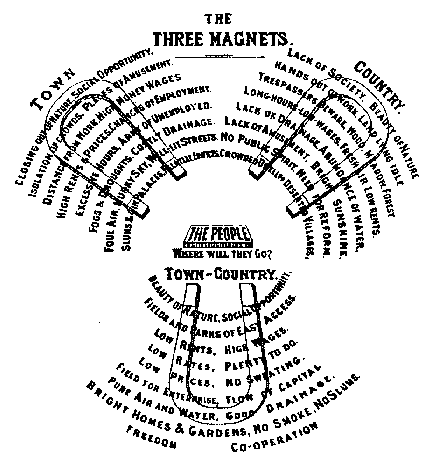|
Heinrich Tessenow
Heinrich Tessenow (7 April 1876 – 1 November 1950) was a German architect, professor, and urban planner active at the time of the Weimar Republic. Biography Tessenow is considered together with Hans Poelzig, Bruno Taut, Peter Behrens, Fritz Höger, Ernst May, Erich Mendelsohn, Walter Gropius and Ludwig Mies van der Rohe as one of the most important personalities of the architectural German ''panorama'' during the time of the Weimar Republic. He was born in Rostock, Mecklenburg-Schwerin. His father was a carpenter, and he studied as an apprentice before studying architecture in a building trade school in Leipzig and at the ''Technische Hochschule München'' (today Technical University of Munich), where he later taught. Tessenow and fellow architects Hermann Muthesius and Richard Riemerschmid are credited with the 1908 Gartenstadt Hellerau, near Dresden, a housing project that was the first tangible result of the influence of the English garden city movement in German ... [...More Info...] [...Related Items...] OR: [Wikipedia] [Google] [Baidu] |
Tessenow
Tessenow is a village and a former municipality in the Ludwigslust-Parchim district, in Mecklenburg-Vorpommern, Germany Germany, officially the Federal Republic of Germany, is a country in Central Europe. It lies between the Baltic Sea and the North Sea to the north and the Alps to the south. Its sixteen States of Germany, constituent states have a total popu .... Since January 2019, it is part of the new municipality Ruhner Berge. References Ludwigslust-Parchim Former municipalities in Mecklenburg-Western Pomerania {{LudwigslustParchim-geo-stub ... [...More Info...] [...Related Items...] OR: [Wikipedia] [Google] [Baidu] |
Ludwig Mies Van Der Rohe
Ludwig Mies van der Rohe ( ; ; born Maria Ludwig Michael Mies; March 27, 1886August 17, 1969) was a German-American architect, academic, and interior designer. He was commonly referred to as Mies, his surname. He is regarded as one of the pioneers of modern architecture. In the 1930s, Mies was the last director of the Bauhaus, a ground-breaking school of modernist art, design and architecture. After Nazism's rise to power, with its strong opposition to modernism, Mies emigrated to the United States. He accepted the position to head the architecture school at what is today the Illinois Institute of Technology (IIT). Mies sought to establish his own particular architectural style that could represent modern history, modern times. His buildings made use of modern materials such as industrial steel and plate glass to define interior spaces. He is often associated with his fondness for the aphorisms "less is more" and "God is in the details". Early career Mies was born March 27, 188 ... [...More Info...] [...Related Items...] OR: [Wikipedia] [Google] [Baidu] |
Deutscher Werkbund
The Deutscher Werkbund (; ) is a German association of artists, architects, designers and industrialists established in 1907. The ''Werkbund'' became an important element in the development of modern architecture and industrial design, particularly in the later creation of the Bauhaus school of design. Its initial purpose was to establish a partnership of product manufacturers with design professionals to improve the competitiveness of German companies in global markets. The Werkbund was less an artistic movement than a state-sponsored effort to integrate traditional crafts and industrial mass production techniques, to put Germany on a competitive footing with England and the United States. Its motto ''Vom Sofakissen zum Städtebau'' (from sofa cushions to city-building) indicates its range of interest. History The Deutscher Werkbund emerged when the architect Joseph Maria Olbrich left Vienna for Darmstadt, Germany, in 1899, to form an artists' colony at the invitation of Ern ... [...More Info...] [...Related Items...] OR: [Wikipedia] [Google] [Baidu] |
Bund Deutscher Architekten
The Association of German Architects (, BDA) is an association of architects founded in 1903 in Germany. It publishes the bimonthly magazine ''der architekt''. The BDA has over 5,000 members. In 1995, it founded the German Architecture Centre DAZ (current director Matthias Böttger) in Berlin. History The association was founded on 21 June 1903 in Frankfurt am Main to protect the interests of freelance architects against real estate speculators and building contractors and to promote the quality of architecture. In addition, the statute stipulated a strict separation between architectural design work and commercial activity. The BDA was initially based in Hanover, since the Hanover Architectural Association provided the initial impetus for its founding, and the local architect Albrecht Haupt held the office of chairman in the early years. The entry in the register of associations also took place in Hanover on 16 September 1907. Within a few years, the BDA became the most i ... [...More Info...] [...Related Items...] OR: [Wikipedia] [Google] [Baidu] |
Bhubaneswar
Bhubaneswar () is the capital and the largest city of the States and territories of India, Indian state of Odisha. It is located in the Khordha district. The suburban region, especially the old town, was historically often depicted as ''Chakra Khetra'' and ''Ekamra Khetra'' (Area adorned with a mango tree). Bhubaneswar is dubbed the "Temple City", a nickname earned because of many temples which are standing there. In contemporary times, the city is a hub of sports, tourism and IT in the country. Although the modern city of Bhubaneswar was formally established in 1948, the history of the areas in and around the present-day city can be traced to the 1st century BCE. It is a confluence of Hinduism, Hindu, Buddhism, Buddhist and Jainism, Jain heritage and includes several Kalinga architecture, Kalingan temples, many of them from 6th–13th century CE. With Puri and Konark, it forms the "Swarna Tribhuja" (), one of Eastern India's most visited destinations.Ramesh Prasad Mohapatra, ''A ... [...More Info...] [...Related Items...] OR: [Wikipedia] [Google] [Baidu] |
Otto Königsberger
Otto H. Königsberger (13 October 1908 – 3 January 1999) was a German-Indian architect who worked mainly in urban development planning in Africa, Asia and Latin America, with the United Nations. He also proposed plans for developing new cities like Bhubaneswar and Jamshedpur in India. Early life Königsberger was born in Berlin in 1908, and trained as an architect there at the Technische Hochschule in Charlottenburg (now Technische Universität Berlin), graduating in 1931. In 1933, he won the Schinkel Prize for Architecture for a design for the Olympic Stadium in Berlin. However, with the rise to power of the Nazi Party, Königsberger was forced to leave the country, as was his uncle, physicist Max Born. Königsberger later illustrated Born's popularized physics text, ''The Restless Universe'' (published 1935). Königsberger spent the next six years in the Swiss Institute for the History of Egyptian Architecture in Cairo, where he gained his doctorate. When his uncle Max ... [...More Info...] [...Related Items...] OR: [Wikipedia] [Google] [Baidu] |
Magnitogorsk
Magnitogorsk ( rus, Магнитого́рск, p=məɡnʲɪtɐˈɡorsk, ) is an industrial city in Chelyabinsk Oblast, Russia, on the eastern side of the extreme southern extent of the Ural Mountains by the Ural River. Its population is currently . Magnitogorsk was named after Magnetic Mountain, Mount Magnitnaya, a geological anomaly that once consisted almost completely of iron ore, around 55% to 60% iron. It is the second-largest city in Russia that is not the administrative centre of any federal subjects of Russia, federal subject or raion#Administrative districts, district. Magnitogorsk contains the largest iron and steel works in the country: Magnitogorsk Iron and Steel Works. The official motto of the city is "the place where Europe and Asia meet", as the city occupies land in both Europe and Asia. Magnitogorsk is one of only two planned Socialist realism, socialist realist settlements ever built (the other being Nowa Huta in Poland). History Foundation Magnitogorsk ... [...More Info...] [...Related Items...] OR: [Wikipedia] [Google] [Baidu] |
Garden City Movement
The garden city movement was a 20th century urban planning movement promoting satellite communities surrounding the central city and separated with Green belt, greenbelts. These Garden Cities would contain proportionate areas of residences, industry, and agriculture. Ebenezer Howard first posited the idea in 1898 as a way to capture the primary benefits of the countryside and the city while avoiding the disadvantages presented by both. In the early 20th century, Letchworth and Welwyn Garden City were built near London according to Howard's concept and many other garden cities inspired by his model have since been built all over the world. History Conception Inspired by the utopian novel ''Looking Backward'' by Edward Bellamy, and Henry George's work ''Progress and Poverty'', Howard published the book '': a Peaceful Path to Real Reform'' in 1898 (reissued in 1902 as ''Garden Cities of To-morrow''). His idealised garden city would house 32,000 people on a site of . Howard's di ... [...More Info...] [...Related Items...] OR: [Wikipedia] [Google] [Baidu] |
Public Housing
Public housing, also known as social housing, refers to Subsidized housing, subsidized or affordable housing provided in buildings that are usually owned and managed by local government, central government, nonprofit organizations or a combination thereof. The details, terminology, definitions of poverty, and other criteria for allocation may vary within different contexts, but the right to renting, rent such a home is generally rationed through some form of means-testing or through administrative measures of housing needs. One can regard social housing as a potential remedy for housing inequality. Within the OECD, social housing represents an average of 7% of national housing stock (2020), ranging from ~34% in the Netherlands to less than 1% in Colombia. In the United States, public housing developments are classified as housing projects that are owned by a housing authority or a low-income (project-based voucher) property. PBV are a component of a public housing agenc ... [...More Info...] [...Related Items...] OR: [Wikipedia] [Google] [Baidu] |
Hellerau
Hellerau is a northern quarter ''(Stadtteil)'' in the city of Dresden, Germany, slightly south of Dresden Airport. It was the first garden city in Germany. The northern section of Hellerau absorbed the village of Klotzsche, where some 18th century buildings remain. Origins Based on the ideas of Ebenezer Howard, businessman Karl Schmidt-Hellerau founded Hellerau near Dresden in 1909. The idea was to create an organic, planned community. Several well-known architects participated in its construction, including Richard Riemerschmid, Heinrich Tessenow, Hermann Muthesius, Kurt Frick, Georg Metzendorf, Wilhelm Kreis and Bruno Paul. Whilst the concept of Hellerau builds on the first garden city, at Letchworth in the UK, it in turn went on to influence other similar developments elsewhere. Specifically, the Catalan architect Rafael Masó i Valentí visited Hellerau in 1912, and went on to build the garden community at S'Agaró on the Costa Brava in Spain. Hellerau attr ... [...More Info...] [...Related Items...] OR: [Wikipedia] [Google] [Baidu] |
Richard Riemerschmid
Richard Riemerschmid (20 June 1868 – 13 April 1957) was a German architect, painter, designer and city planner from Munich. He was a major figure in ''Jugendstil'', the German form of Art Nouveau, and a founder of architecture in the style. A founder member of both the ''Vereinigte Werkstätte für Kunst im Handwerk'' (United Workshops for Art in Handcrafts) and the Deutscher Werkbund and the director of art and design institutions in Munich and Cologne, he prized craftsmanship but also pioneered machine production of artistically designed objects. Life and career Riemerschmid was born in Munich, the sixth of nine children of Eduard Riemerschmid, who headed the Munich distillery founded by his father Anton Riemerschmid,Winfried Nerdinger, ''Richard Riemerschmid, vom Jugendstil zum Werkbund: Werke und Dokumente. Eine Ausstellung der Architektursammlung der Technischen Universität München, des Münchner Stadtmuseums und des Germanischen Nationalmuseums Nürnberg'', Ausstellung ... [...More Info...] [...Related Items...] OR: [Wikipedia] [Google] [Baidu] |








